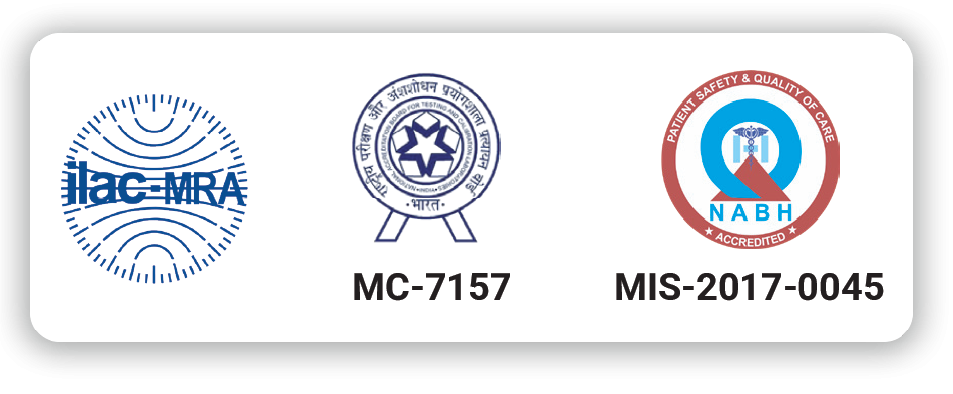Usually, your dentist may recommend dental imaging as part of an annual checkup. But you need it more often when it comes to knowing your dental treatment status or problem. How many times you need dental x-rays depends upon various factors, such as:
- Oral health
- Age
- Any oral disease symptoms
- History of tooth decay or gingivitis (gum disease)
You may go through dental x-rays to provide clear insight into your dental health to your dentist if you are going for a dental checkup for the first time. It is especially true if you haven’t gone through dental imaging from your last healthcare provider.
Dental x-rays are required more often for children than adults as dentists have to keep track of their teeth' growth. Dentists need to figure out if they have to pull out the baby teeth to avoid other teeth' growth over baby teeth.
Are Dental X-rays Safe?
Dental imaging uses radiation, but exposure is minimal. Hence, they are safe for adults and children. It is even safer to go for digital x-rays as there is no need to develop x-rays on film. To avoid any radiation exposure to other organs, the dentist will also protect your abdomen, chest, and pelvic area by placing a vest made of lead over the chest.
However, pregnant women shouldn’t go for x-rays. Women who are expecting should also avoid any radiation. You need to tell your doctor if you are expecting or you are pregnant. Radiation exposure is not safe for the fetus.
Preparation
You don’t have to do anything much to prepare for dental x-rays. All you need to brush your teeth and keep them clean before the appointment. X-rays and it is also essential to maintain hygiene to work in your mouth. You will have to sit with a vest made of lead covering your lap and chest to protect other organs from radiation.
To capture images of your mouth, the technician will place an x-ray machine around your head. Some dentists have x-ray machines in the same room where they perform cleanings and other procedures. MDRC India is the best imaging center in Gurgaon, which uses cutting-edge x-ray equipment and tools.
Types of X-Rays
Basically, there are two categories of dental x-rays – Intraoral X-rays and Extra-oral X-rays. Intraoral x-rays are most prevalent as they provide detailed insight and enable your dentist to check dental root health, find cavities, and check bone around the tooth. It also helps the dentist to monitor the overall health of jawbone and teeth. Here are some of the most widely used intraoral x-rays-
- Occlusal: This x-ray is recommended when a dentist needs to determine how the bottom and upper teeth line up. Anatomical abnormalities can also be detected with the floor of the palate or mouth.
- Bitewing: In this technique, you will get a special paper to bite down so that the dentist can see the matching crowns of your teeth. It is also recommended to inspect interdental cavities.
- Occlusal: In this procedure, all of your teeth will be captured in one go.
- Periapical: In this procedure, your dentist will inspect two whole teeth from top to bottom.
- Panoramic: The machine revolves around your head for doing this type of imaging. This x-ray is recommended when you go for wisdom tooth removal. It is also needed to check problems in your jaw and dental implant devices.
Extra-oral x-rays are recommended when you may have dental problems outside of your teeth and gums, like a jaw. These x-rays are focused on the skull and jaw, and they also show teeth. Unlike intraoral x-rays, extra-oral x-rays have nothing to do with cavities and problems within your teeth. Instead, these x-rays check the development and growth of jaws around your teeth, inspect your impacted teeth, and identify issues between your jaws and teeth, as well as the temporomandibular joint.
You don’t have to worry about the process as a dental hygienist will explain everything about the process. They will control imaging from outside the room. They will guide you to stay still when they record the images. To get complete images, they will move and adjust the film holders or spacers.
What to expect after dental x-rays?
Your dentist will review the images and explain the abnormalities if any. The dentist will check the x-ray report after cleaning. They will explain what treatment option is best if they detect problems like tooth decay or cavities.
The Takeaway
You should regularly get dental x-rays, just like you do flossing and brushing, maintaining complete oral health. A regular dental checkup can easily detect early symptoms, and you don’t have to get x-rays more often. You may get x-rays once in a year or two, as per your health status, age, and insurance coverage. If you feel any pain or changes, schedule your appointment with your dentist immediately.
Book an online appointment for dental imaging with cutting-edge x-ray equipment and tools at MDRC India, one of the best imaging centers in Gurgaon.

















